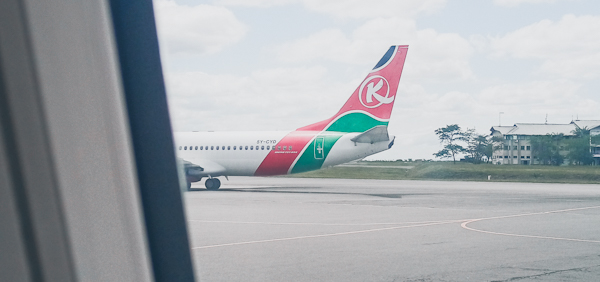Kenya Airways narrowed its half-year loss for the second consecutive period to Ksh 9.86 billion in H12022, down from Ksh 11.52 billion in the same period last year.
The Kenyan national carrier attributed the loss to high fuel costs that saw it spend KSh11 billion during the period under review, pushing operational expenses to a five-year high of KSh57 billion compared to KSh56 billion in 2017.
“Jet fuel and crude oil prices rose markedly in Quarter One of 2022, putting pressure on already-strained airline finances. The elevated jet fuel price adds to the airline’s operating cost,” KQ Board chairperson Michael Joseph said.
“The group saw an increase of 53 per cent in total operating costs,” added Joseph.
The Group’s total revenue stood at Kshs 48,104 million, recording a 76 per cent increase compared to the same period last year. This increase is mainly attributed to significant growth in passenger revenue which grew by 109 per cent, and cargo revenue which increased by 18 per cent.
KQ uplifted a total of 1.61 million passengers during the period, an 85 per cent improvement compared to the prior year’s 0.87 million passengers. This, however, remains 33 per cent lower than the pre-pandemic period of 2019.
Cargo tonnage increased by 39 per cent compared to the same period in 2021, demonstrating continuous outstanding growth in air freight services.
Kenya Airways Board Chairman Michael Joseph said, “The opening of borders worldwide has led to quick rebounds in some key markets. Lingering travel restrictions in some markets have limited the recovery.”
Chief Executive Officer Allan Kilavuka said going forward; they are implementing a wider restructuring to ensure they return to profitability by 2024. Some of the initiatives include cost reductions.
“We will need a financier, and the financier at the moment is going to be government, to be able to improve the health of the balance sheet overall,” the CEO said.
“The focus at the moment is for us to focus on improving our current operations to make us a lot more profitable and grow so within the next two years we stabilize, then we can start growing,” Kilavuka said.




